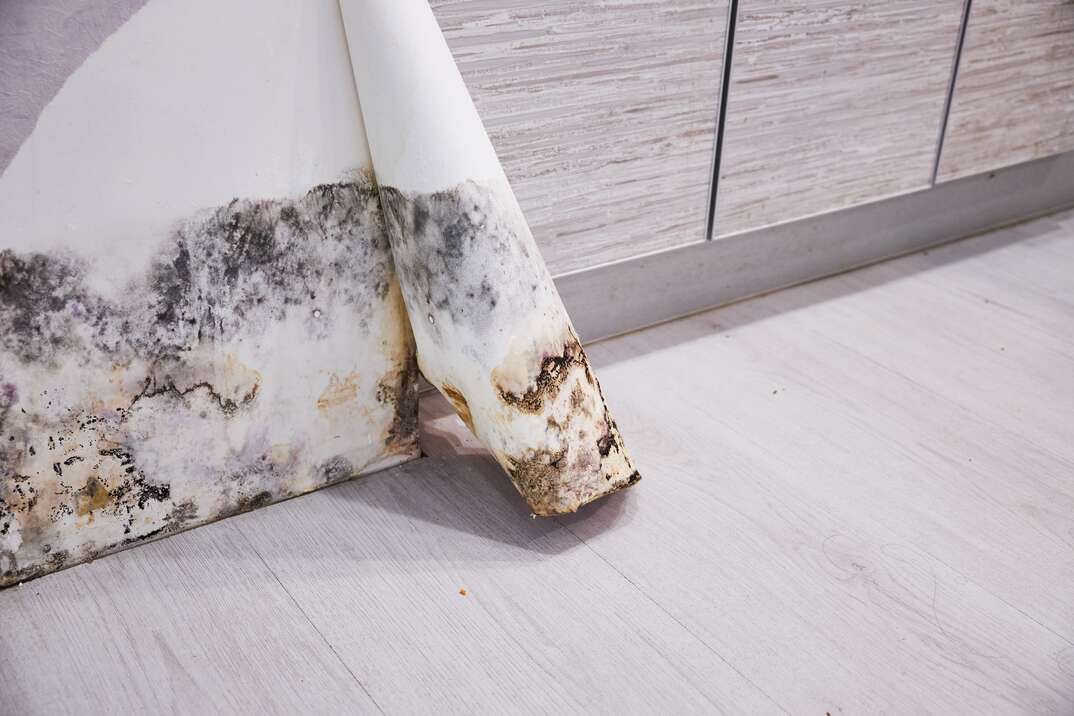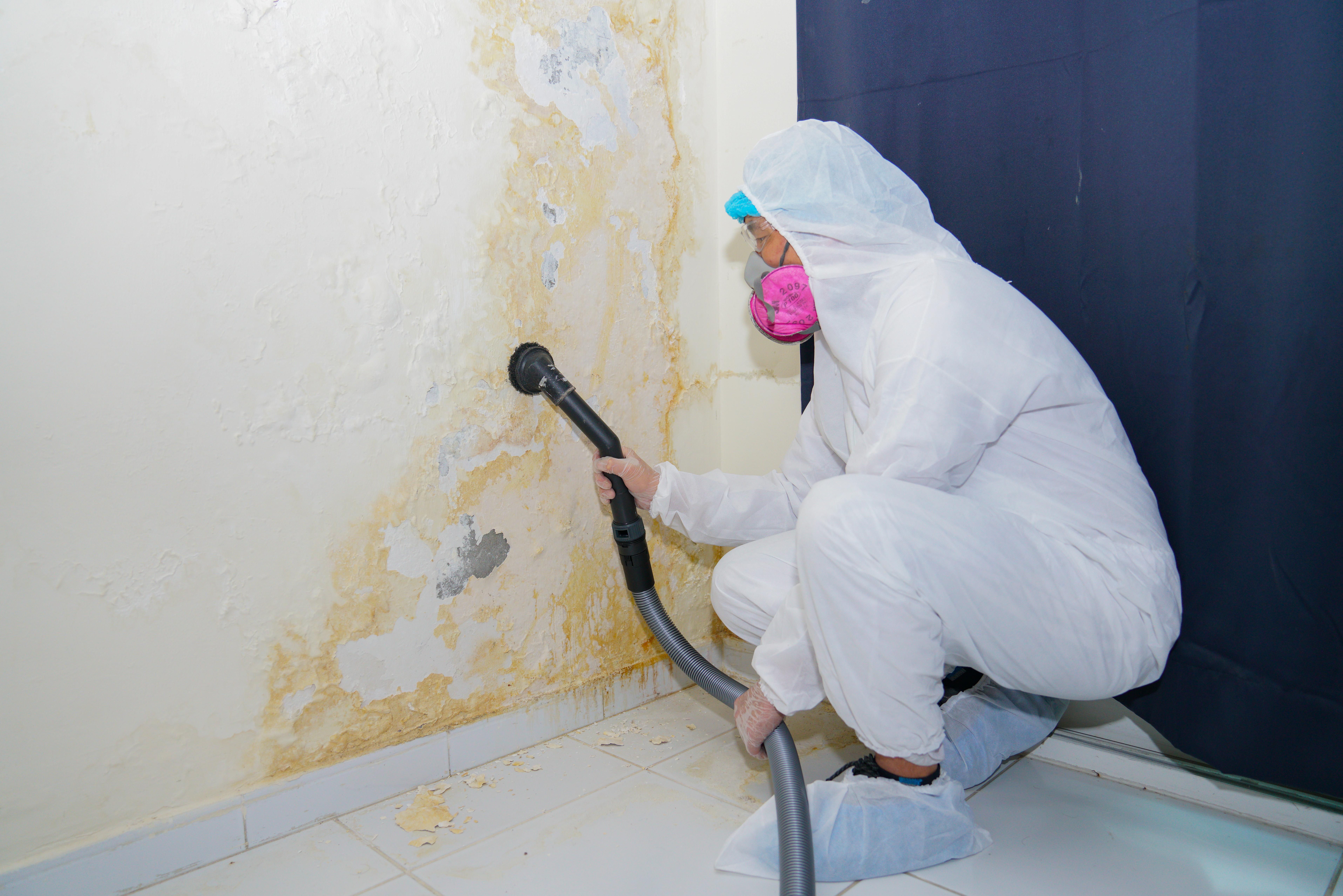Trick Tips for Successful Message Mold And Mildew Removal
Successfully finishing mold removal is a multifaceted process that calls for interest to information and adherence to specific methods. These steps not only confirm the success of the remediation efforts yet also contribute to protecting against future mold development.
Evaluation of Treated Locations
Upon completion of the mold and mildew removal procedure, a detailed evaluation of the dealt with locations is necessary to ensure the performance of the remediation initiatives. This examination works as an important step in the post-remediation phase to confirm that the mold and mildew elimination and cleanup procedures were effective in removing the mold and mildew infestation and bring back a risk-free interior atmosphere. The examination should be carried out by certified specialists who have the know-how to assess the remediated areas thoroughly.
These include visual analyses to examine for any type of signs of mold and mildew growth or water damages, wetness levels to verify that the location is free and completely dry of excess humidity that can promote mold re-growth, and air high quality testing to guarantee that the indoor air is risk-free to breathe. Furthermore, the assessment may entail using specialized devices such as dampness meters and thermal imaging cams to spot hidden mold or dampness pockets that might lead to future mold and mildew issues if left unchecked.

Moisture Control Steps
Effective moisture control steps are essential for avoiding mold growth and preserving a healthy indoor atmosphere. To accomplish this, it is vital to resolve sources of moisture within the building. Proper ventilation is key to controlling humidity degrees. Mounting exhaust followers in kitchen areas and shower rooms can help remove excess moisture. Additionally, making use of dehumidifiers in wet locations can aid reduce humidity levels, making it harder for mold and mildew to grow.
Routinely maintaining the structure and checking's exterior can additionally stop wetness intrusion. After mold remediation. Making certain that rain gutters are clear, downspouts straight water away from the structure, and the roofing system remains in great condition can assist prevent water from seeping right into the structure. Appropriately sealing doors and windows can additionally help maintain moisture out
In situations where water damage takes place, timely activity is required. Any kind of spills or leakages need to be cleansed and dried within 24-48 hours to stop mold and mildew growth. Making use of moisture meters can assist detect concealed resources of water and guarantee thorough drying. By implementing these moisture control procedures, the threat of mold repeating can be considerably minimized, developing a healthier interior setting.
Proper Ventilation Evaluation
An essential facet of ensuring a healthy and balanced indoor setting message mold and mildew remediation is performing a detailed evaluation of the air flow system. Proper ventilation analysis plays a critical role in protecting against future mold development and maintaining air quality within the affected space.
Additionally, evaluating the air flow system includes checking out the distribution of air throughout the area to recognize any type of locations of poor flow where dampness and pollutants black mold removal tips could collect. Proper ventilation not just helps in managing moisture degrees but likewise help in removing airborne mold and mildew spores and various other contaminants, therefore enhancing general interior air top quality. By addressing any type of air flow concerns post mold remediation, homeowner can produce a much healthier and extra comfy environment for residents while minimizing the threat of mold and mildew re-infestation.
Cleansing and Disinfection Protocols
To make sure thorough mold and mildew removal, meticulous adherence to particular cleaning and disinfection protocols is essential. Cleaning up and disinfection methods play a vital role in the post-mold remediation phase to prevent the recurrence of mold growth and guarantee a risk-free and healthy and balanced setting. The primary step in this procedure is the elimination of any visible mold and mildew development utilizing proper cleaning representatives and techniques. It is necessary to use EPA-approved fungicides and anti-bacterials to successfully get rid of mold spores and prevent their regrowth.
In addition, executing preventative measures such as applying mold preventions and preserving correct air flow can help reduce the threat of future mold and mildew infestations. By complying with stringent cleansing and sanitation protocols, building owners can make sure the effective eradication of mold and produce a healthy and balanced interior setting for owners.
Monitoring and Maintenance Plan
Executing a routine tracking and upkeep plan is necessary for ensuring the long-term effectiveness of mold remediation efforts. Once mold removal is finished, it is critical to click to investigate develop a surveillance schedule to evaluate the success of the remediation process. This involves on a regular basis evaluating the previously affected areas for any signs of mold and mildew recurrence or water damages. By performing regular checks, any type of new mold growth can be promptly identified and addressed, stopping a reoccurrence of the preliminary problem.
Furthermore, developing a maintenance plan is vital to stopping future mold concerns. This plan might include activities such as taking care of plumbing leakages, boosting ventilation, and regulating indoor moisture levels. Normal maintenance not just assists in protecting against mold but likewise adds to preserving a healthy and balanced indoor setting. It is a good idea to record all tracking and upkeep activities to track progression and make sure consistency in the upkeep of the remediated areas. By implementing a detailed monitoring and maintenance strategy, find out here the risk of mold and mildew re-emergence can be considerably reduced, advertising a safe and tidy living or workplace.
Final Thought
Finally, successful message mold remediation involves thorough inspection of dealt with areas, implementation of dampness control actions, evaluation of appropriate ventilation, adherence to cleansing and sanitation protocols, and facility of a surveillance and upkeep plan. These essential actions are necessary to make sure that mold and mildew growth is successfully gotten rid of and stopped from recurring in the future. By complying with these standards, homeowner can keep a risk-free and healthy environment for owners.
Upon conclusion of the mold remediation procedure, a comprehensive examination of the dealt with areas is essential to guarantee the effectiveness of the removal efforts. These include aesthetic assessments to inspect for any kind of indicators of mold growth or water damage, dampness levels to confirm that the location is dry and free of excess humidity that can advertise mold and mildew re-growth, and air top quality testing to guarantee that the interior air is safe to breathe. Additionally, the examination may include using specialized devices such as wetness meters and thermal imaging cams to discover hidden mold or dampness pockets that can lead to future mold and mildew issues if left uncontrolled. By attending to any type of air flow issues post mold and mildew remediation, home proprietors can develop a healthier and a lot more comfortable atmosphere for passengers while decreasing the risk of mold and mildew re-infestation.
